39 results found compressibility
Compressibility
The amount (%) of material thickness reduction that occurs when the proper external load is applied to a material.
Compressibility
The amount (%) of material thickness reduction that occurs when the proper external load is applied to a material.
Compressibility
The amount (%) of material thickness reduction that occurs when the proper external load is applied to a material.

Excellent Elasticity and Compressibility
It is the only solid which, when compressed on one side, does not increase in volume on another; and as a result of its elasticity it is able to adapt, for example, to variations in temperature and pressure without suffering alterations.
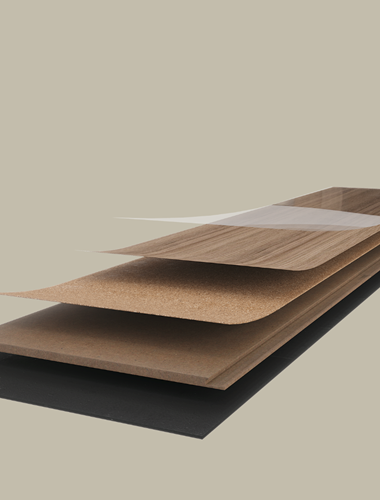
Excellent elasticity, compressibility and recovery
Excellent elasticity, compressibility and recovery

Excellent elasticity, compressibility and recovery
Excellent elasticity, compressibility and recovery

Excellent compressibility and recovery of its shape
Excellent compressibility and recovery of its shape

Excellent compressibility and recovery of its shape
Excellent compressibility and recovery of its shape

Excellent compressibility and recovery of its shape
Excellent compressibility and recovery of its shape
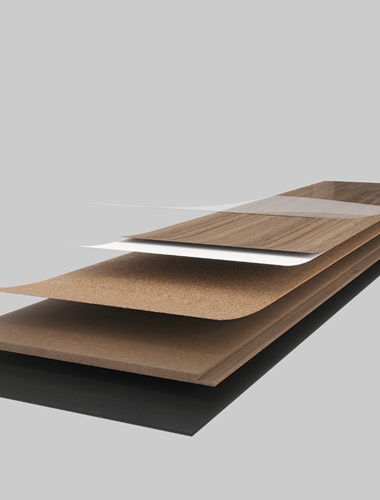
Good resilience, excellent compressibility and recover
Good resilience, excellent compressibility and recover

Excellent compressibility and recovery of its shape
Excellent compressibility and recovery of its shape

Good resilience, excellent compressibility and recover
Good resilience, excellent compressibility and recover

Excellent compressibility and recovery of its shape
Excellent compressibility and recovery of its shape

Resilience, compressibility, and friction resistance
Using moulding techniques, the natural characteristics of cork such as lightness, elasticity and softness to the touch, come together, offering a sense of well-being, natural beauty and comfort inside the car. A solution that, bearing in mind the resilience, compressibility, and friction resistance of this unique mater…

Designed according to fire, smoke and toxicity standarts
Excellent compressibility and recovery
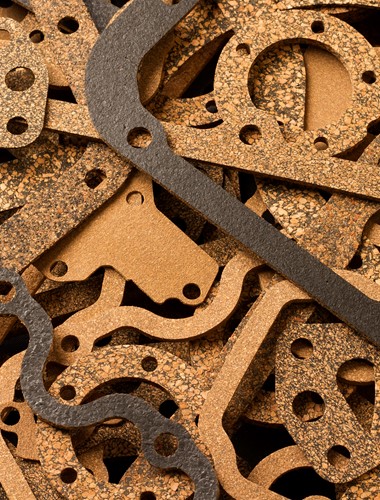
How to choose a gas sealing solution?
To select the best sealing material for a gas system its constituent factors must be considered, such as the type of gas, necessary compressibility, required sealing load or seal thickness.
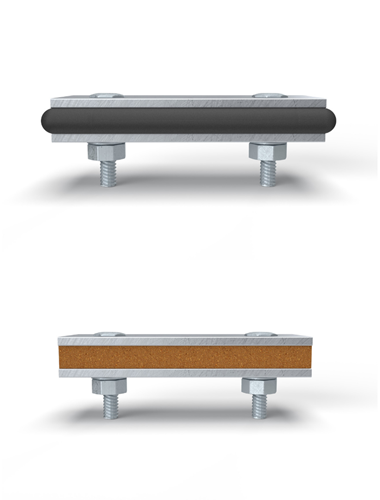
Controlled side flow
No allowance need to be made for side flow if a cork rubber material of the correct firmness is selected. The compressability of cork-rubber can be used instead ofnon-compressible molded rubber o-rings.
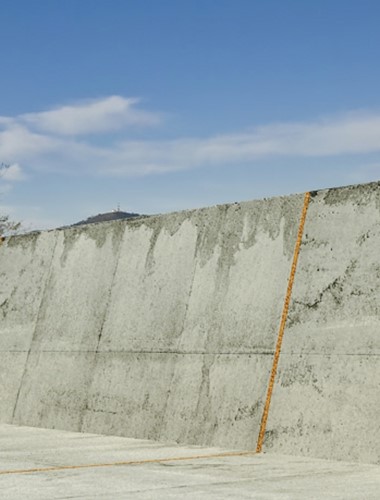
Feature 1
Cork joints naturally supports the movement of concrete structures without causing deterioration, due to cork’s high compressibility, recovery capacity and resilience.
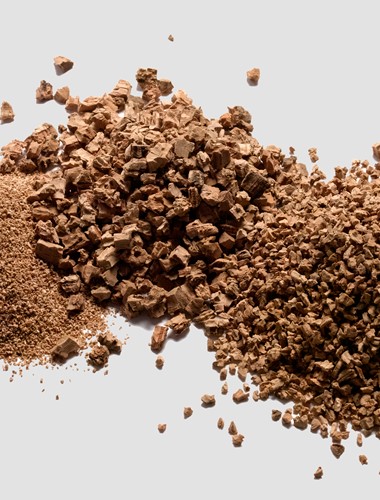
Multiple applications
Cork is a very versatile raw material and an excellent option for creating objects for everyday use, thanks to its unique characteristics such as impermeability to liquids and gases, thermal and acoustic insulation, compressibility, elasticity, resilience, lightness and softness to the touch.
Bloco3 (1)
Gaskets are a key element when it comes to ensuring the safety, performance and durability of a gas system. Each application has different requirements depending on the type of gas, required compressibility, required sealing load, seal thickness, among others.

Natural beauty. A solution prepared to withstand the demands of everyday life
Moulding techniques have made it possible to combine cork’s natural characteristics - such as lightness, elasticity and softness to the touch – to provide a feeling of well-being, natural beauty and comfort inside the car. In view of cork’s unique resilience, compressibility and resistance to friction this solution is…
Capacity to resist loads
Daily use exposes the flooring to various types of loads. The underlay allows the floor to support these loads without changing its properties. Given the intimate relationship between the elastic capacity and compressibility of cork-based materials, it is possible to ensure greater uniformity of the flooring over time.…

Cork as a damping material
Due to its closed, cellular structure, filled with air, cork has a higher loss factor than rubber, which is essential for damping and consequent energy dissipation. Our specific polymer formulations and the addition of cork, with its unique compressibility and recovery features, enhance the material’s high loss factor.…

Cork as a damping material
Due to its closed, cellular structure, filled with air, cork has a higher loss factor than rubber, which is essential for damping and consequent energy dissipation. Our specific polymer formulations and the addition of cork, with its unique compressibility and recovery features, enhance the material’s high loss factor.…

An (even more) sustainable solar
The main properties of cork – such as impermeability, lightness, elasticity, compressibility and resilience - remain unchanged, ensuring the floater's performance. It should also be noted that, for each ton of cork produced, the cork oak forest can sequester up to 73 tons of CO2. This factor reduces the environmental i…

Damping
Damping is the dissipation of energy, usually by releasing it in the form of low-grade heat. The loss factor quantifies the level of damping of a material, it is the ratio of energy dissipated from the system to the energy stored in the system for every cycle. Due to corks closed cell structure filled with air, cork ha…

Cork: natural, versatile and sustainable
Cork is a natural, recyclable, renewable raw material that plays an important role in the reduction of greenhouse gases. Over recent years, it has been gaining prominence in the area of sustainable and eco-efficient construction, mainly due to its thermal insulation, and acoustic and vibration isolation properties. In…
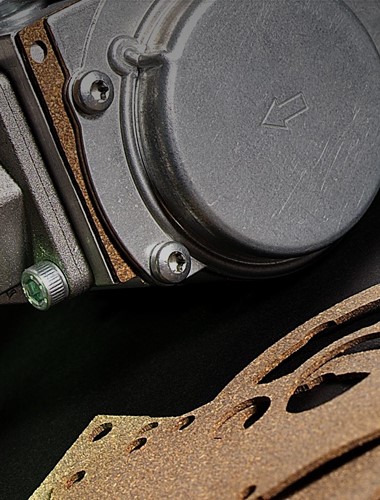
Temperature and Medium
Our products are made to proprietary formulas and are only manufactured by Amorim. There are literally infinite possible formulations within each type of polymer and cork, inclusively the blend of polymer types. A wide range of variations on physical properties like tensile strength, compressibility, and hardness can b…
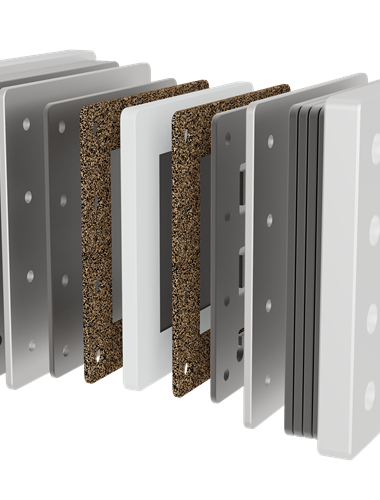
The importance of sealing electrolysers
Electrolysers must be effectively and safely sealed in order to optimise their performance and maintain the electrolysis process. Electrolysis systems typically consist of several components - including membranes, electrodes and electrolytes. Sealing materials are applied to the cells where the main reactions take plac…
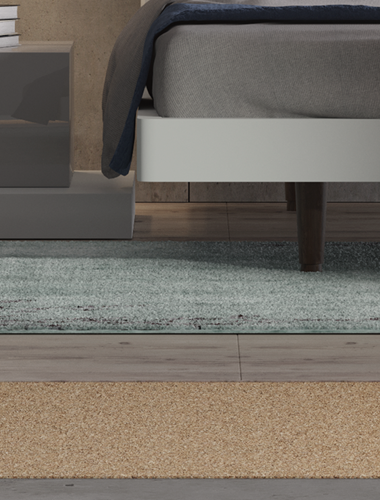
WHY CORK?
Cork is a 100% natural material that has a honeycomb-like structure of microscopic cells filled with an air-like gas and coated mainly with suberin and lignin. One cubic centimeter of cork contains about 40 million cells. It has a closed-cell structure, making it lightweight, airtight and watertight. Cork is an amazing…
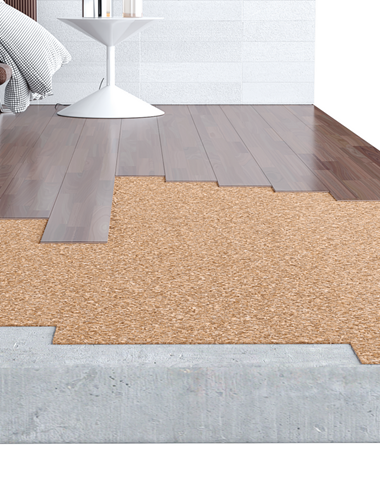
WHY CORK?
Cork is a 100% natural material that has a honeycomb-like structure of microscopic cells filled with an air-like gas and coated mainly with suberin and lignin. One cubic centimeter of cork contains about 40 million cells. It has a closed-cell structure, making it lightweight, airtight and watertight. Cork is an amazing…
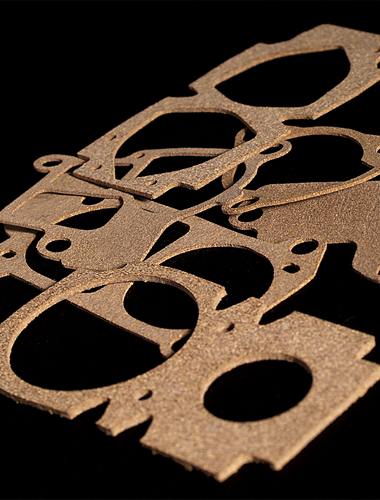
Why choose a sealing solution with cork?
Although it is a natural raw material, cork has a unique set of technical characteristics that are ideal for various industrial applications. Impermeability to liquids and gases, elasticity and compressibility, thermal and acoustic insulation and resistance to friction, are some of the characteristics that makes cork s…

What are the main characteristics of cork?
Lightness Cork is a very light raw material, weighing just 0.16 grams per cubic centimeter, and can float. Flexibility/compressibility Each cork stopper is made up of around 800 million airtight cells. Among them is a gaseous mixture which allows it to be compressed to around half its thickness, without losing any flex…

Noise pollution
Noise pollution is a serious environmental problem in European cities, that has been recognised by the World Health Organisation. The main sources of pollution in urban areas are road, rail and air traffic, and industry (EEA Report: Environmental noise in Europe , 2020). However, since this is not a new problem, the co…

Noise pollution
Noise pollution is a serious environmental problem in European cities, that has been recognised by the World Health Organisation. The main sources of pollution in urban areas are road, rail and air traffic, and industry (EEA Report: Environmental noise in Europe , 2020). However, since this is not a new problem, the co…
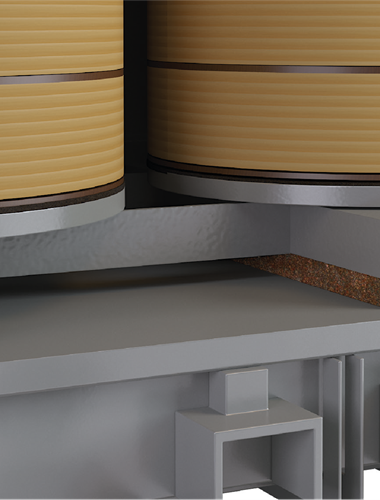
2Intro
Cork is inherently linked to its ecosystem: the cork oak forest, part of one of the world’s 36 most important ecosystems for the biodiversity conservation - on a par with natural paradises such as the Amazon, the African savannah or Borneo. Cork oak forests serve as an anti-fire barrier, due to cork’s low combustion ra…


